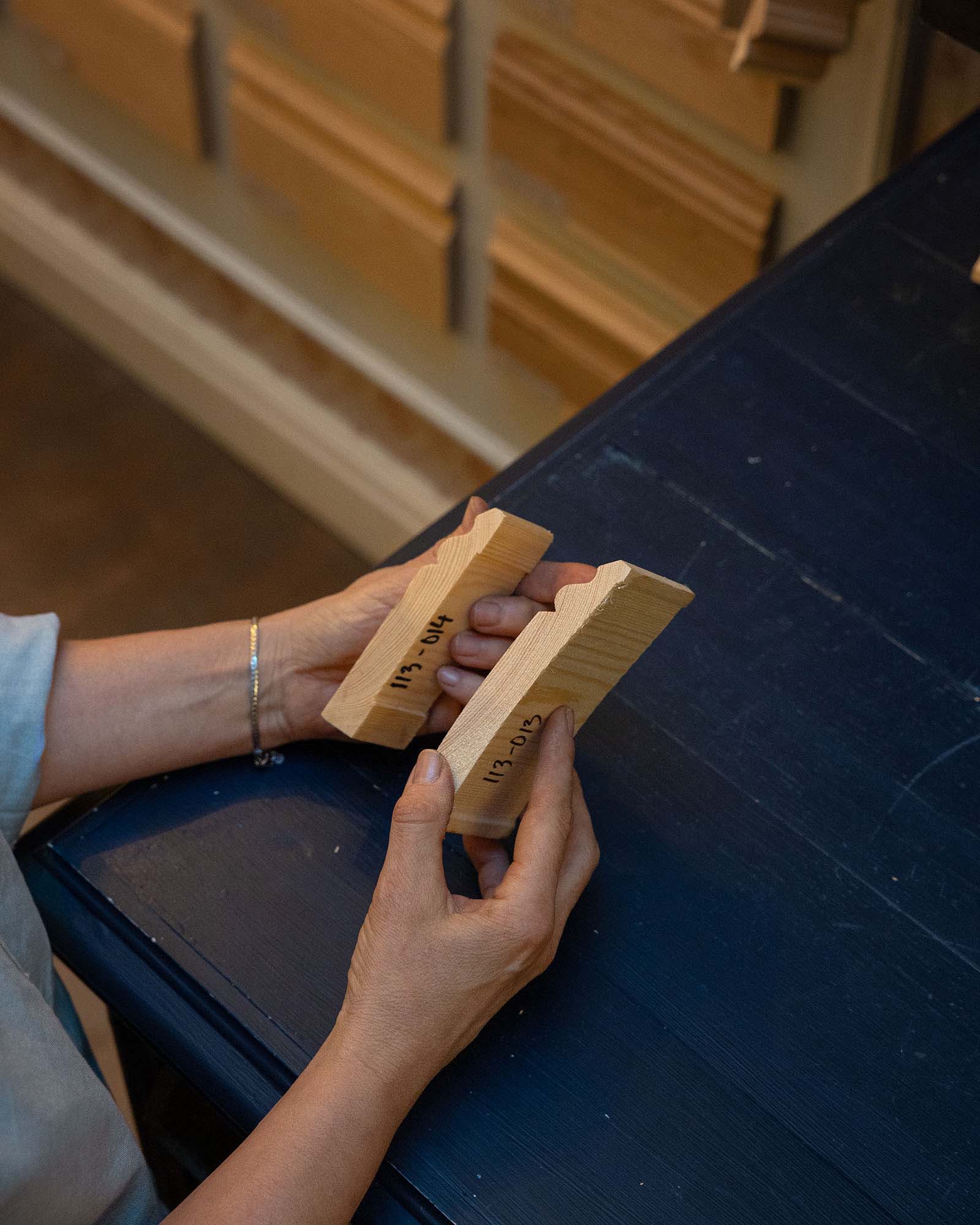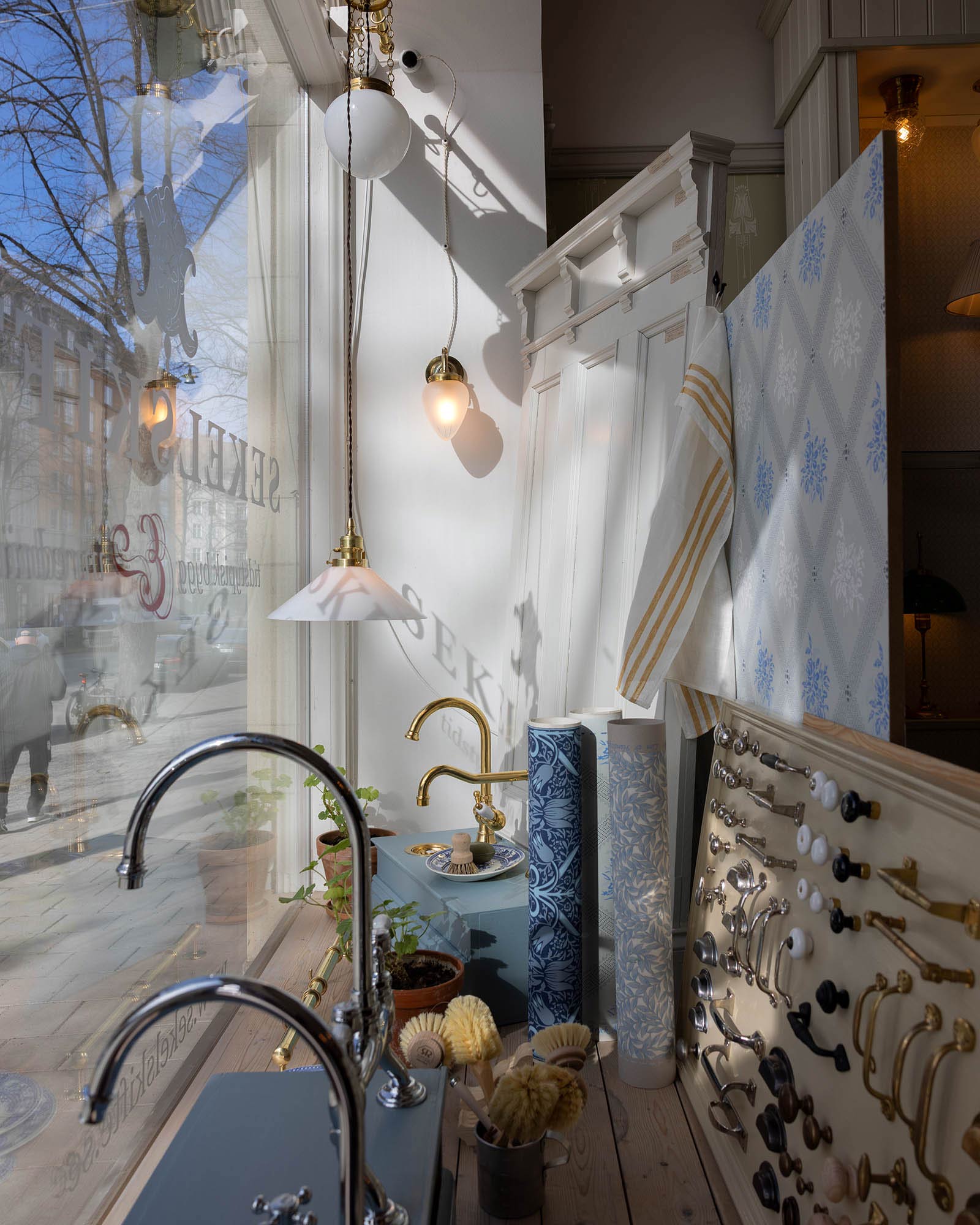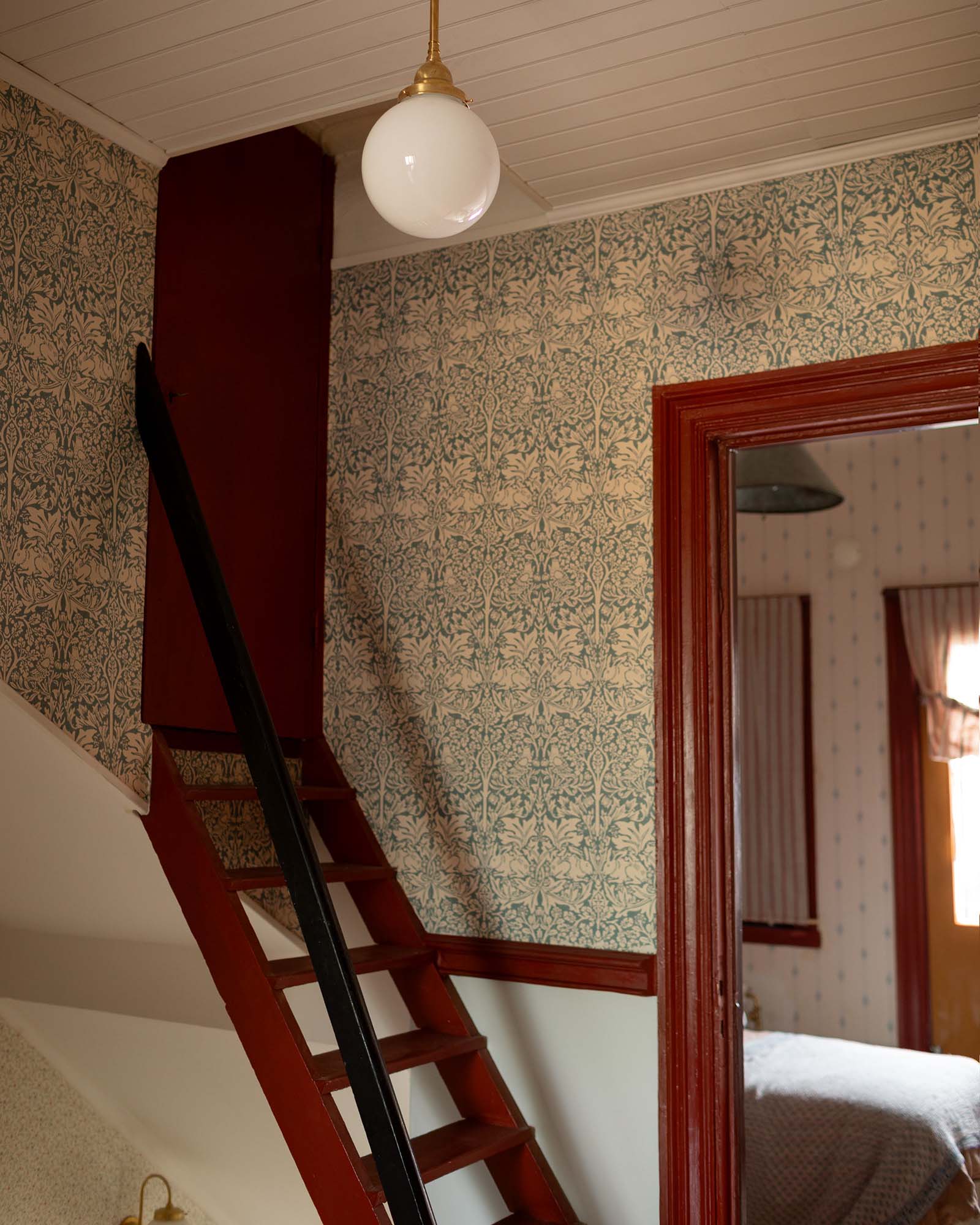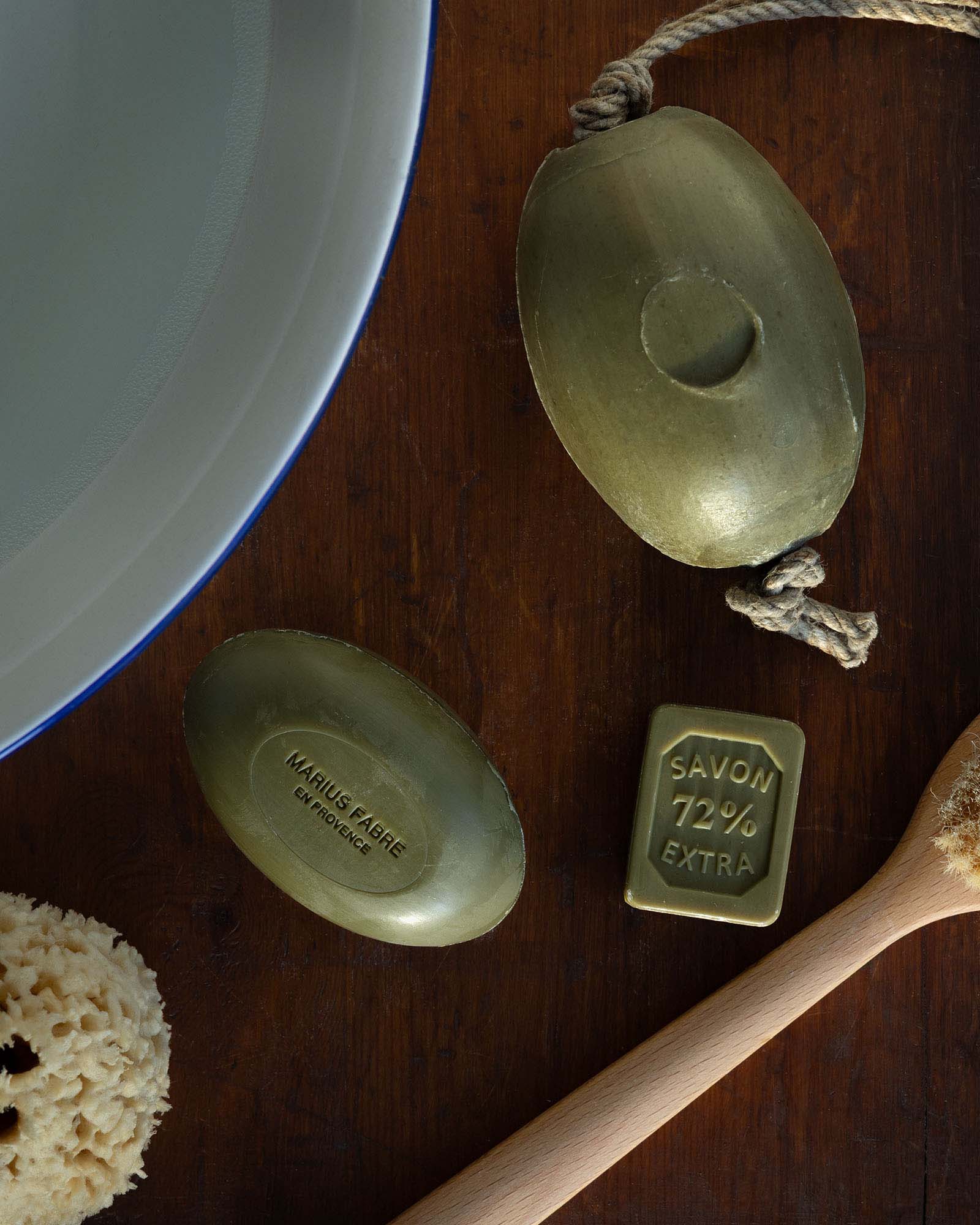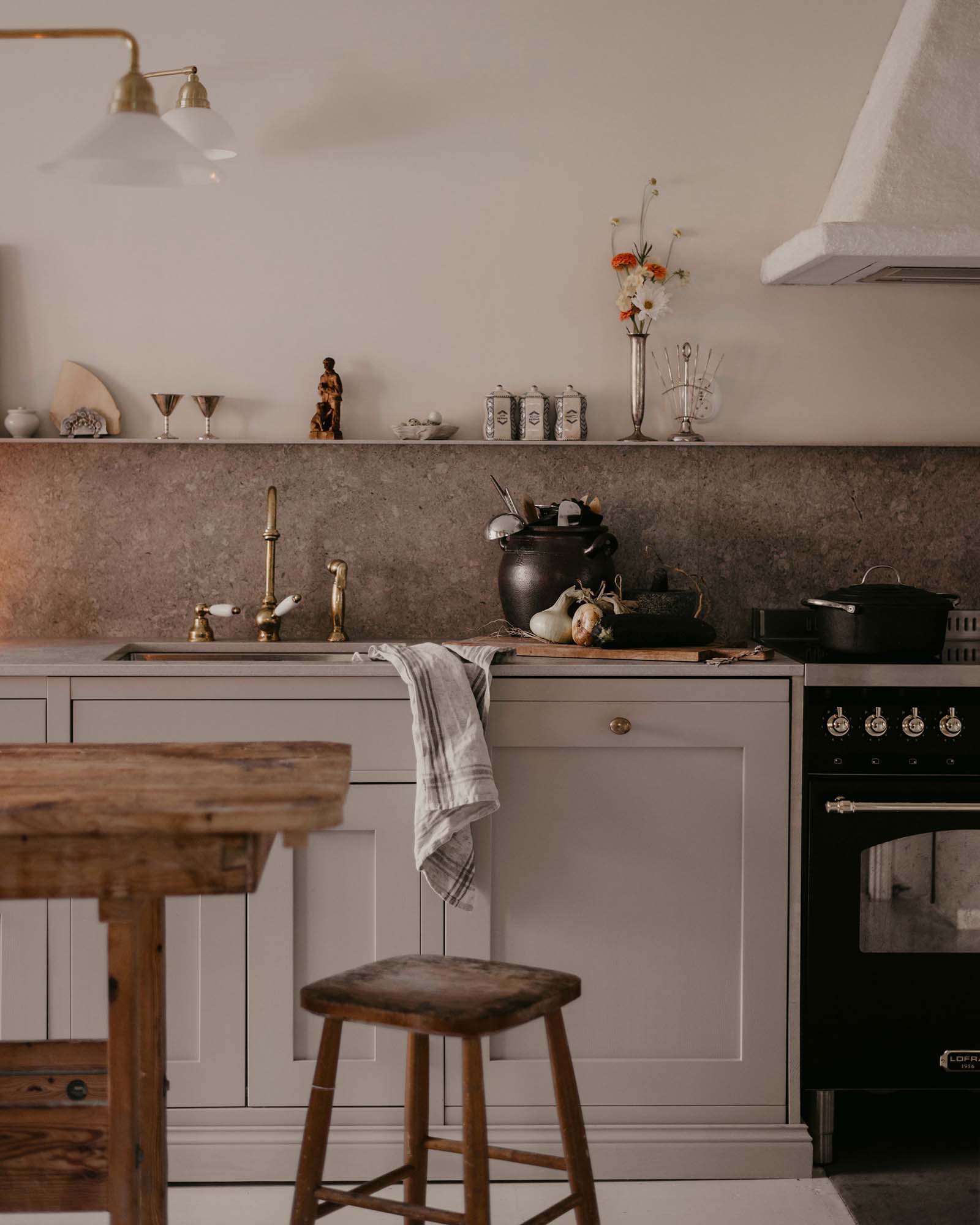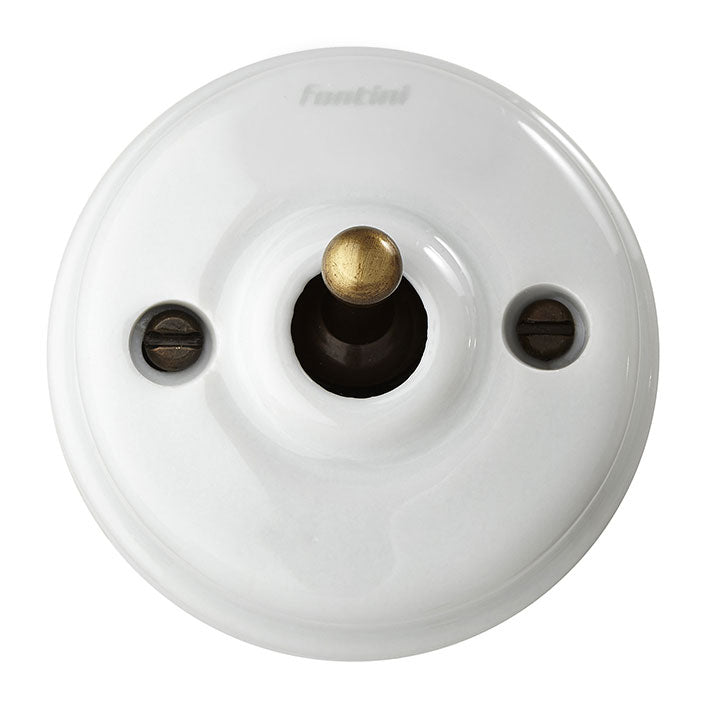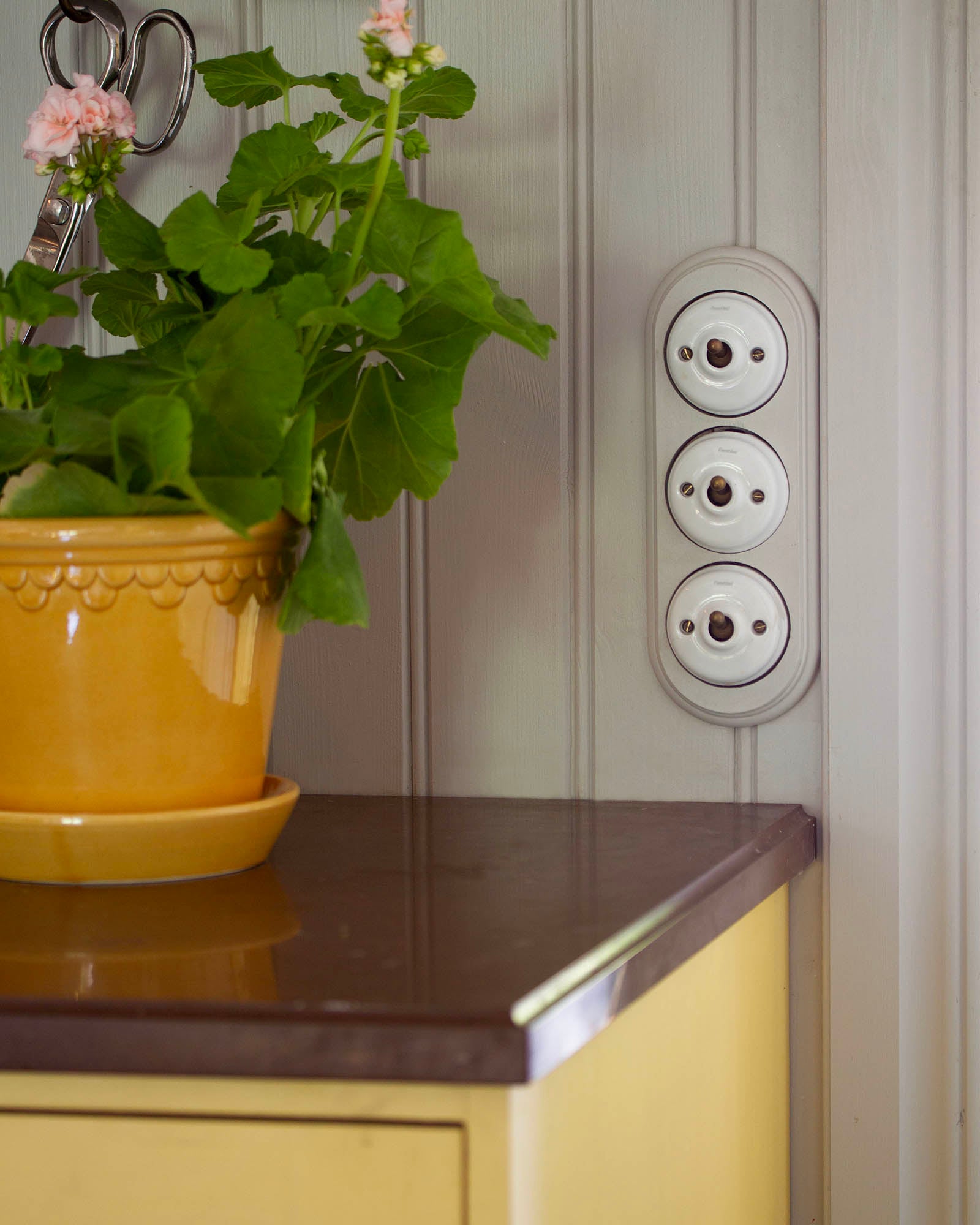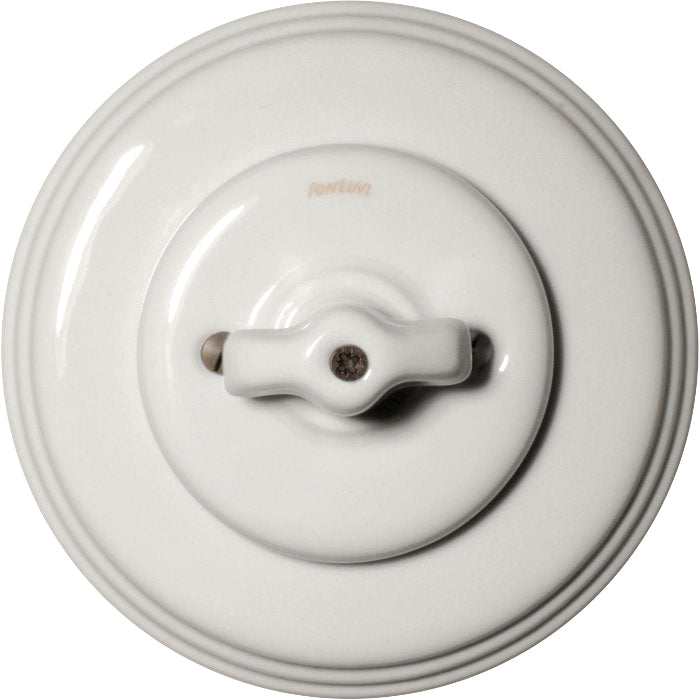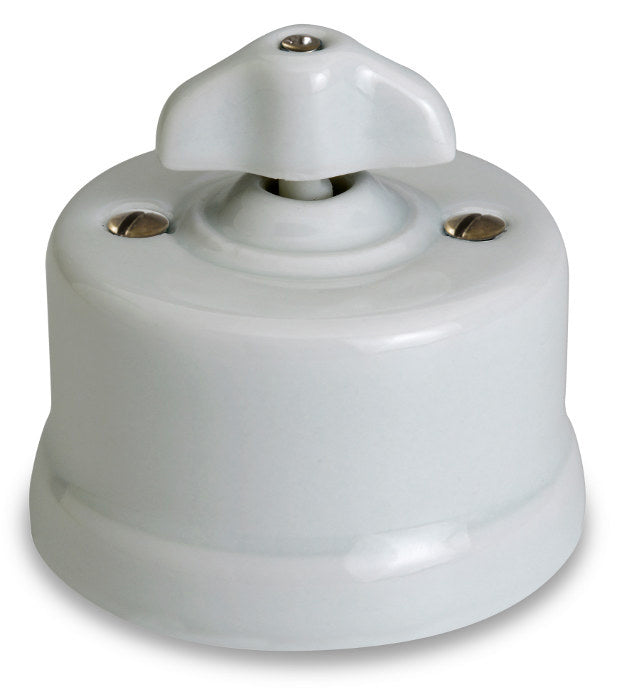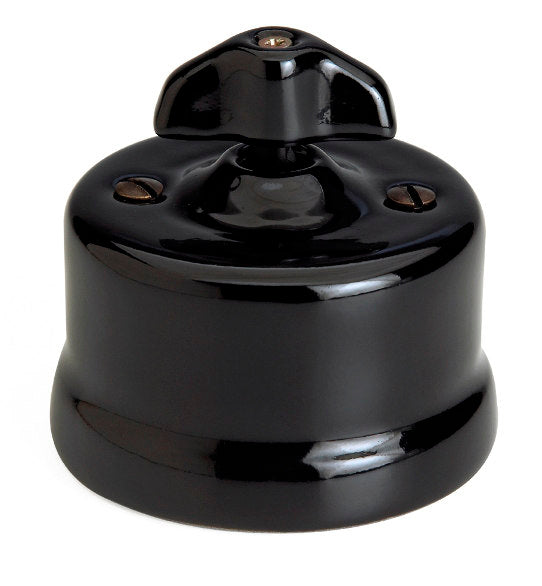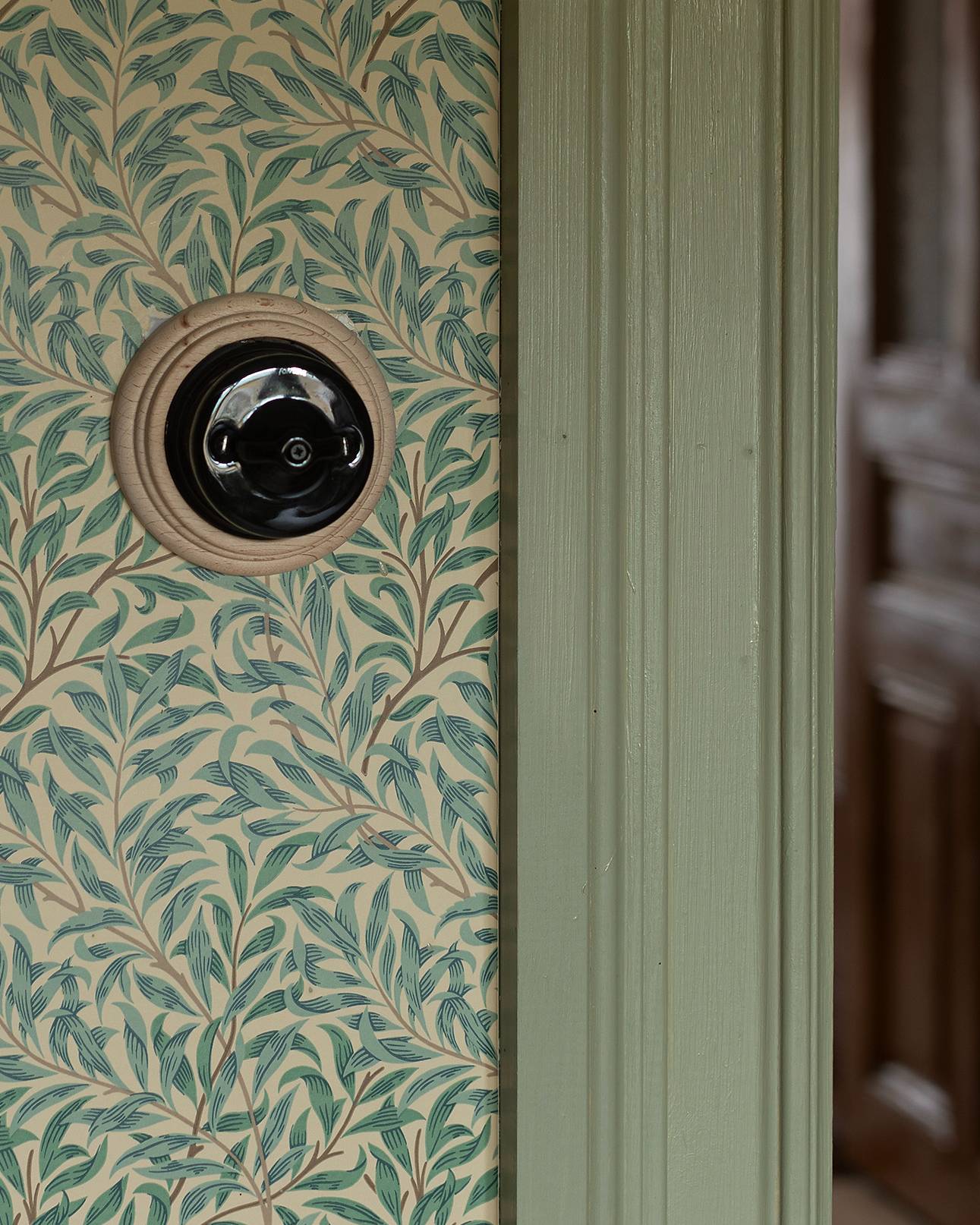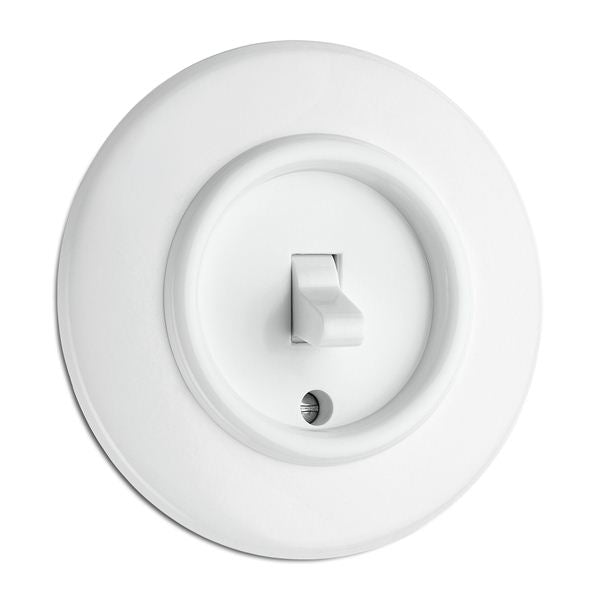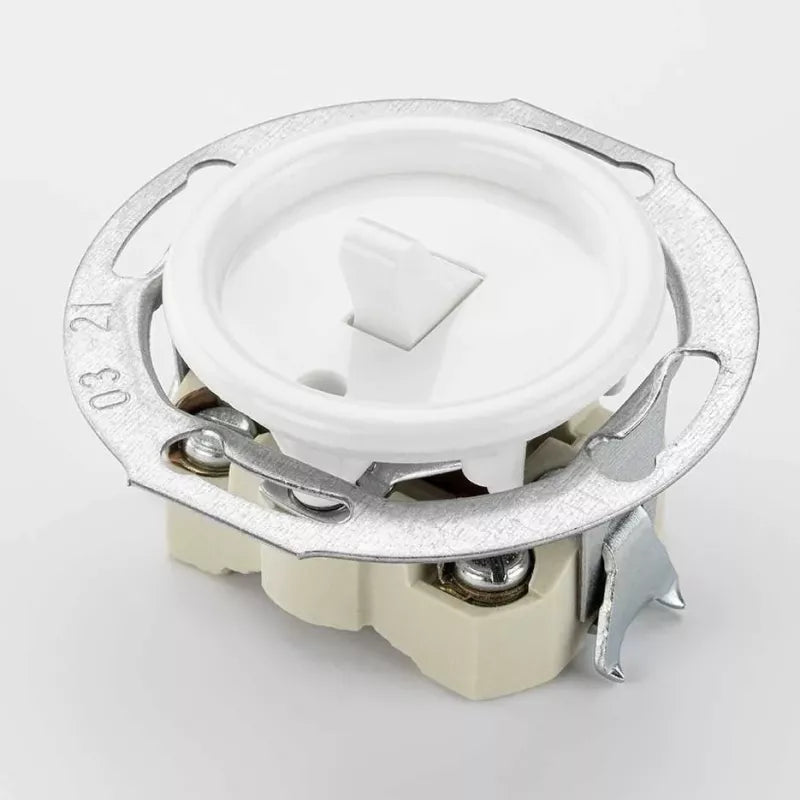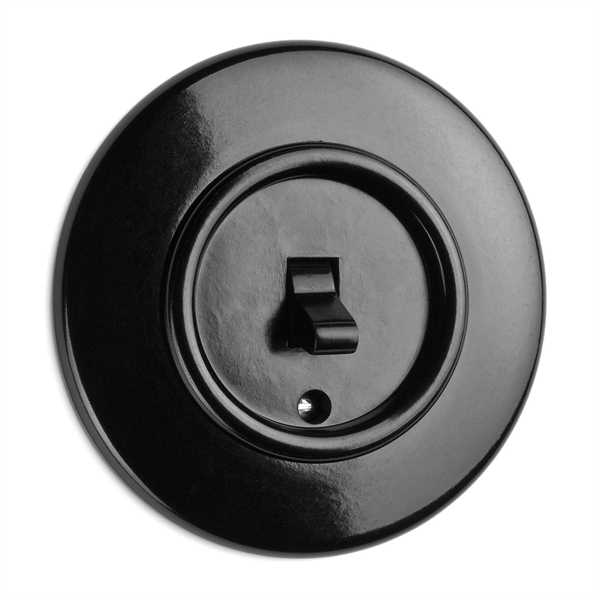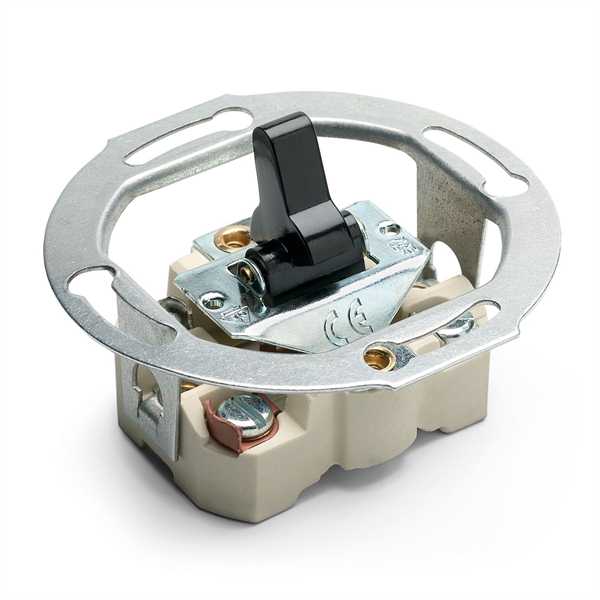Building details such as power switches and electrical outlets bring the little extra into a house or apartment that is otherwise decorated in an older style.
The first switches
Around the turn of the century, electricity became more common in Swedish homes and was used primarily for lighting. The first switches were rotary models and the cups were usually in porcelain. There were also brass, bronze and even varieties made of wood, but they were banned due to fire hazards. Porcelain, on the other hand, has several advantages in electrical connections, because it is durable, heat-resistant and also resistant to moisture and cold. It is comparatively easy to keep clean and does not discolor at all. After the rotary switch, the beautiful switch that is turned on and off with a small toggle was introduced.
Bakelite
Soon porcelain received competition from the popular bakelite. Bakelite is an artificial resin that also has high mold and temperature resistance and extremely good insulation resistance to electricity. But above all, it was cheaper to produce than porcelain. Porcelain and bakelite co-existed for many years, but in the early 1930s, the porcelain began to be phased out and replaced by the modern bakelite. Bakelite was initially only made in black and dark brown and had its absolute great time in interior design between 1920-1940.
Fitting or surface-mounted
At first, all electricity was surface-mounted since it was installed afterwards. In houses built around 1920s-1930s, both fitting and surface installation is present. We have power sockets and power switches in white and black porcelain, black bakelite and white duroplast (commonly known as white bakelite). All variants are available for fitting and surface installation. Replacing switches should be done by an electrician. Keep in mind, however, that twisted textile cables, as shown in the picture, are not approved for fixed electrical installations.




























































































